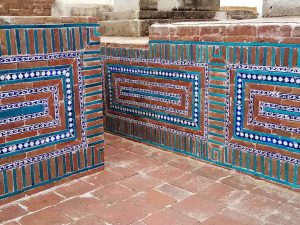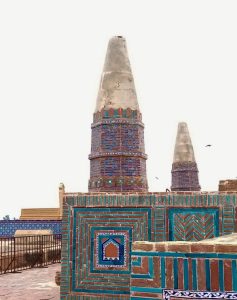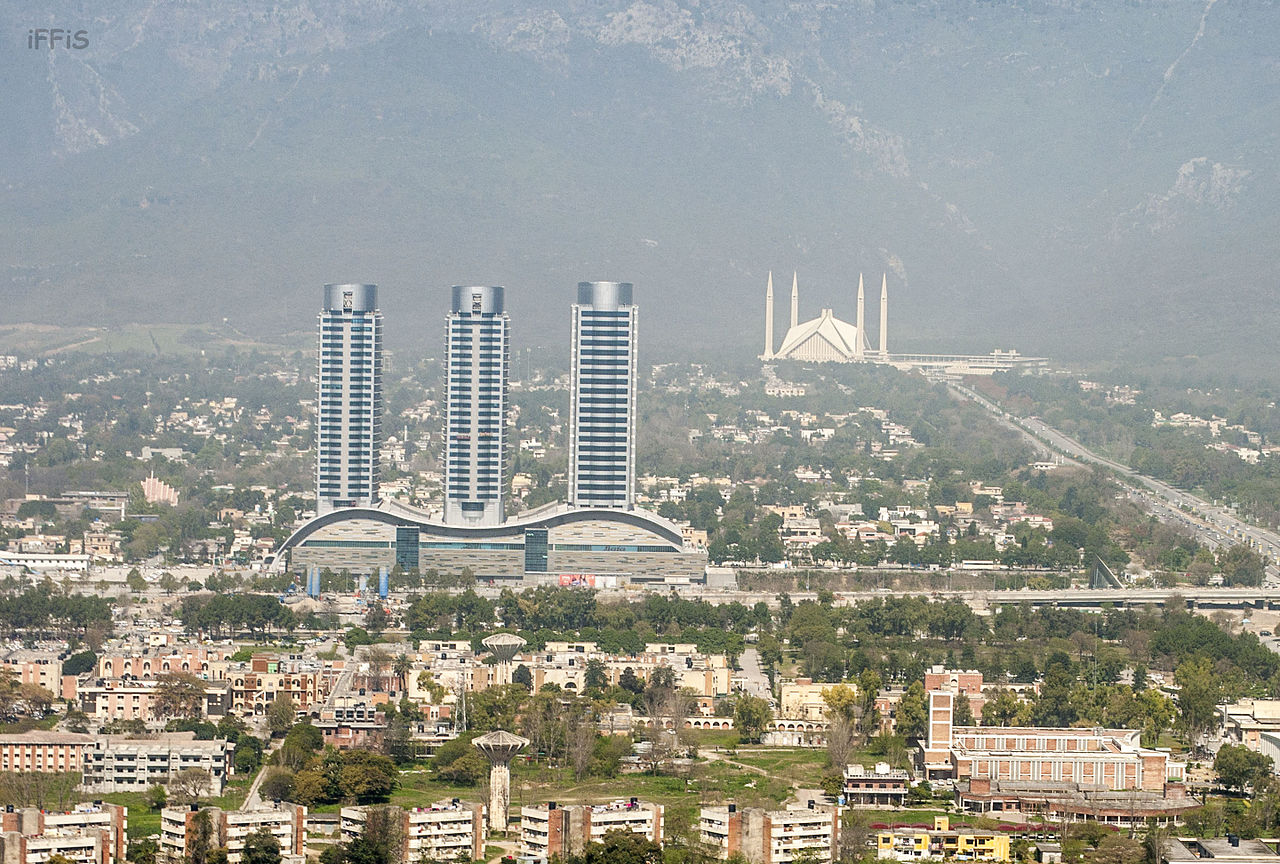Located in the historical city of Sukkur, Satian Jo Aastan is a place that holds a profound legend and a rich cultural heritage. This place is situated on a hilltop near the Indus River. It is believed to be the resting place of seven pious women who sought divine protection in challenging times. Their story symbolizes honor, sacrifice, and faith, making this place more than just a historical landmark. It is a symbol of spiritual devotion.
Satian Jo Aastan has long been admired by locals who consider it a sacred place. The tombs and surrounding structure carry the imprints of history, reflecting the deep cultural and religious significance of the place. Although not widely known outside Sindh, it remains a vital heritage place that links the past with the present.
Historical Background
According to local traditions, seven pious women lived in an isolated cave at this place, dedicating their lives to prayer and spiritual devotion.

They veiled themselves from men and avoided all interactions with the outside world. However, their peaceful lives were threatened when a tyrant ruler, Raja, expressed his desire to see them, violating their sacred way of life. Fearing for their honor, the women turned to prayer, seeking divine intervention. It is believed that their prayers were answered in a magical way, the earth itself opened up and swallowed them, ensuring their protection and preserving their dignity. Their graves remain today as a reminder of their sacrifice.
Later during the 16th century, the local governor of Bakhar, Mir Abdul Qasim Namkeen (1553-1583) heard of this legend and ordered the protection and beautification of the place. The surrounding area was modified and additional structures were built to honor the memory of these women. Today, this place is not only a spiritual landmark but also a historic one showcasing century old architectural and cultural work present in Sukkur.
Architectural and Cultural
Satian Jo Aastan represents a blend of Indo-Islamic and Sindhi cultural architecture. The tombs, made from ochre stone, feature elaborates Quranic inscriptions in Nastaliq script, enhancing their spiritual presence. Glazed tiles in shades blue and white were once used to decorate parts of this place, although much of its beauty has faded by time. The primary structure consists of rectangular shaped graves, with the surrounding land around them leveled for better accessibility. A staircase of 25 steps leads to a peaceful upper platform, which provides a breathtaking view of Indus River. This part of the place was historically used as a place of prayer and reflection. Particularly, during full moon Mir Abdul Qasim Namkeen used to retire here with friends and courtiers. All those were entertained with music, mangoes and watermelons.

Satian Jo Aastan is not just limited to seven tombs. This place also includes 17 additional graves, including those of Mir Abdul Qasim Namkeen and members of his family. Over the years, it has become a family graveyard for the Sabzwari Syeds, further enhancing its historical and religious significance.
Satian Ja Aastan place is more than just a burial place, it is a place of faith, and rich cultural history.
Personal Experience
Visiting Satian Jo Aastan felt like entering in to another era. As I approached the hilltop location, the surrounding seemed untouched by modern society. The silence was powerful, interrupted only by the gentle rustling of the wind and occasional chirping of the birds. As I walked up the worn stone steps, I felt a deep sense of peace in the air. The tombs stood quietly each holding a story from past. I noticed old inscriptions on the stones, some inscriptions were still clear while others had faded over time. A caretaker at the site shared its history, saying that many locals believe the seven women still watch over the land. Visitors often come here to seek blessings, find spiritual comfort or simply pay their respects. One of the most remarkable moment was reaching the upper platform. From there, the view of Indus River was stunning, adding to the site’s mystical feel.
Despite its historical, cultural and religious significance, the place has not been well preserved. Over time erosion, fading inscription and structural damage have taken their place. While the place still holds great significance, proper restoration is needed to protect this valuable part of Sindh’s heritage.
Conclusion

The story of seven pious women in Satian Jo Aastan continues to inspire visitors, keeping the spirit of devotion alive. This site connects Sindh’s past with the present, reflecting the mix of folklore and spirituality.
For those who appreciate Historical, and Spiritual places, this is a must visit place. As it offers a rare chance to explore a forgotten story and appreciation of Sindh’s rich past.
By Bakhtawar Khand – PNP Intern



